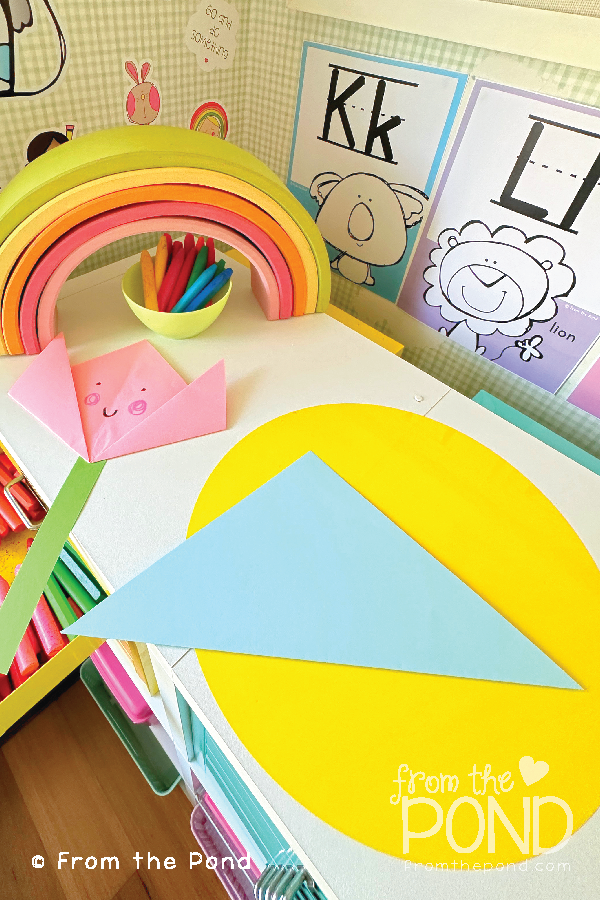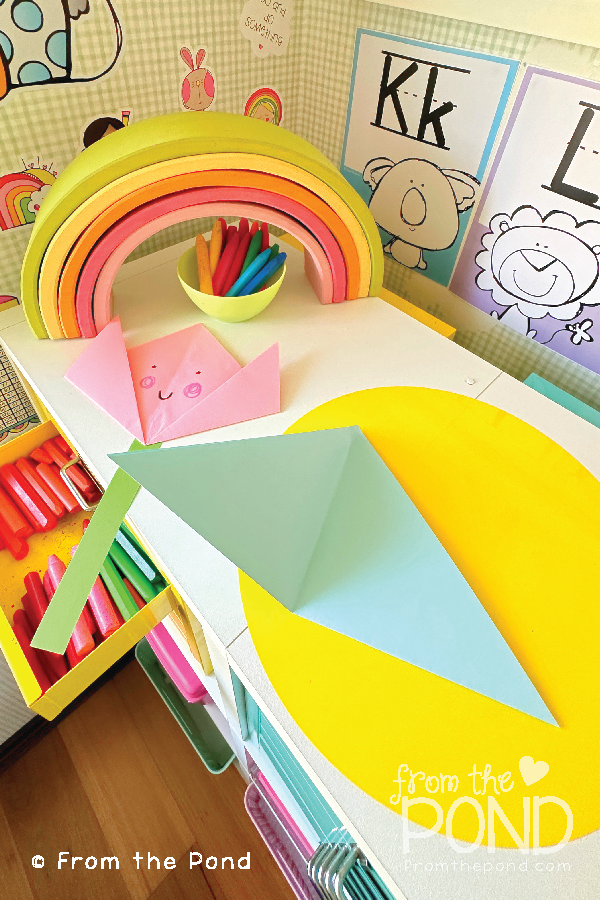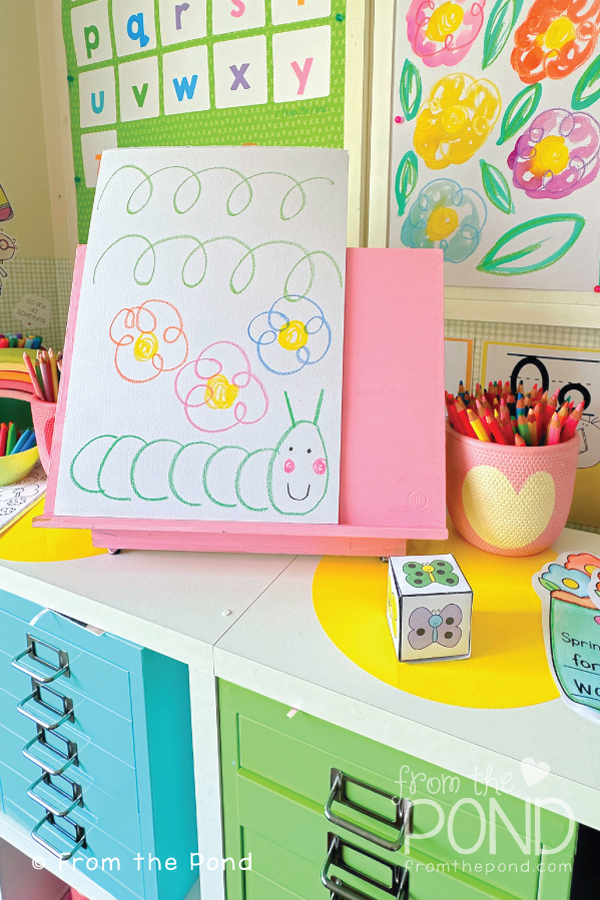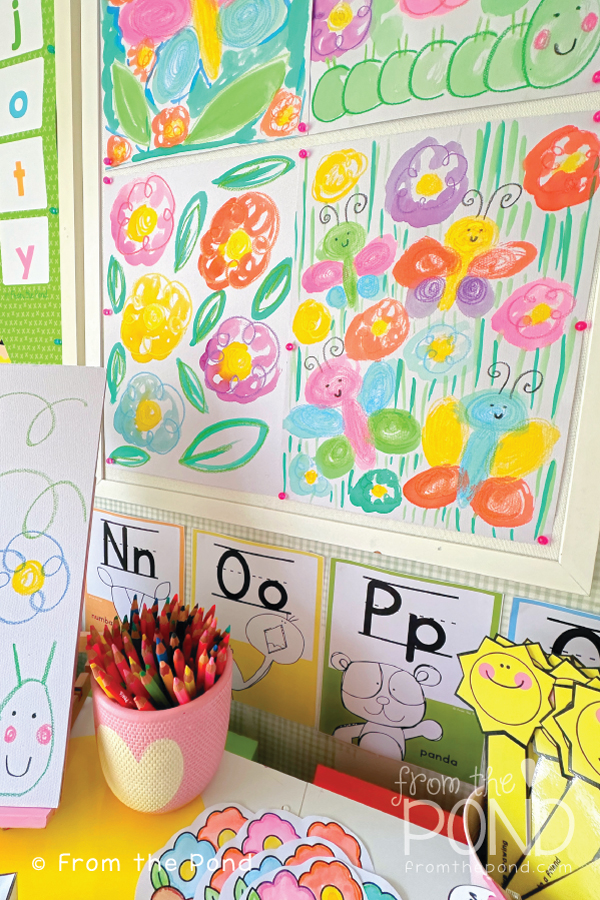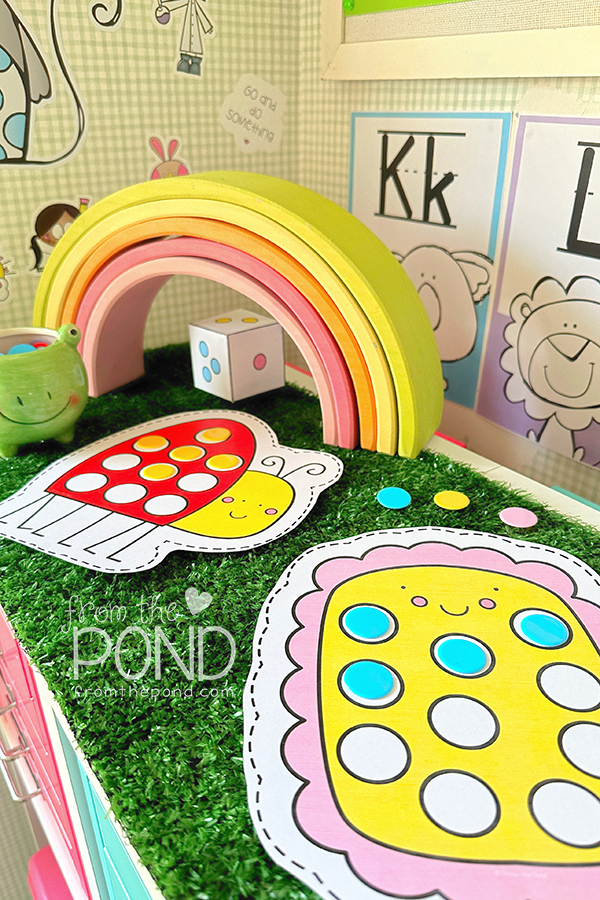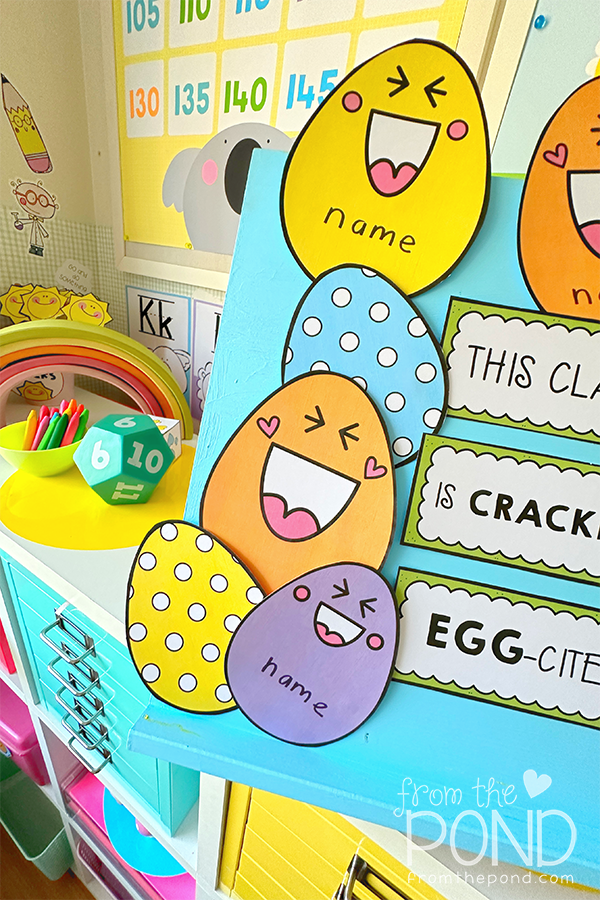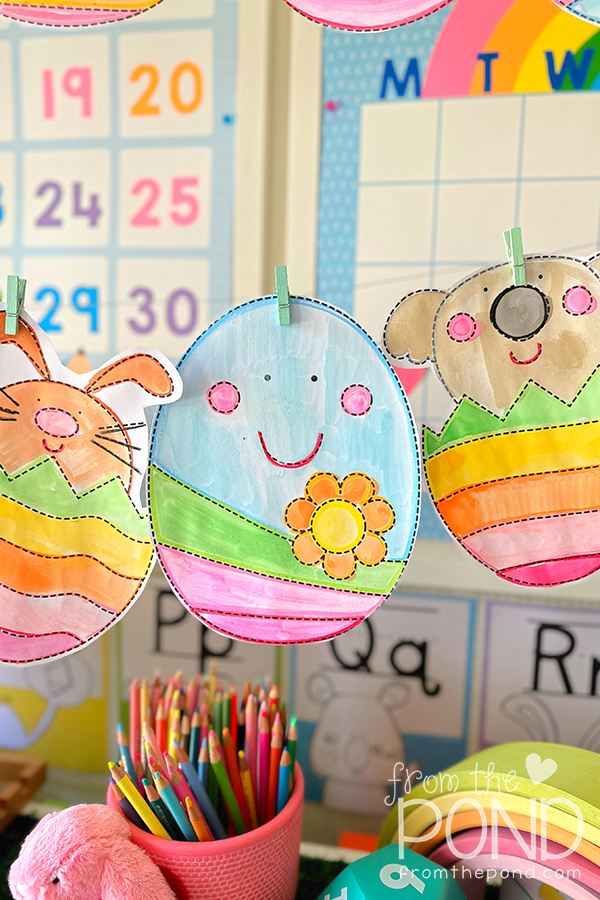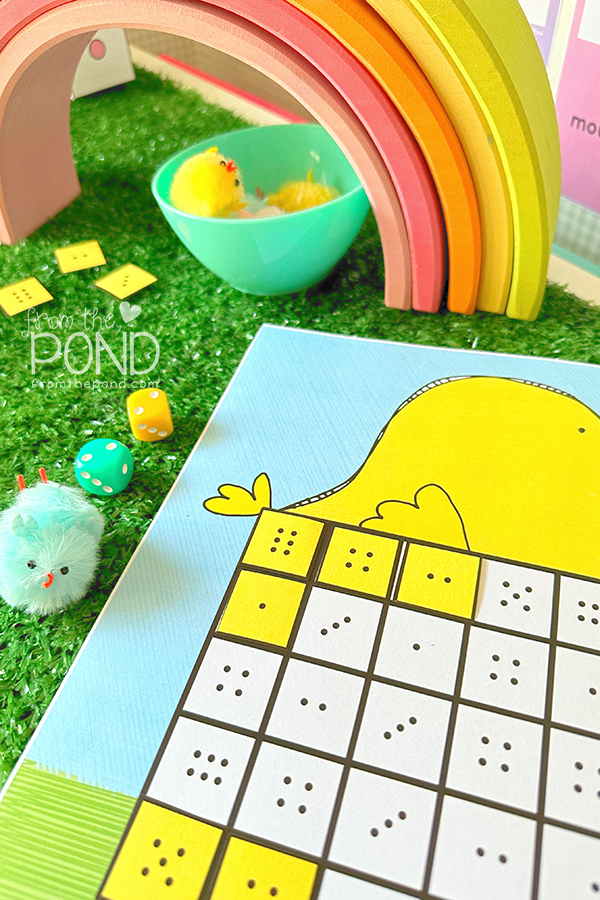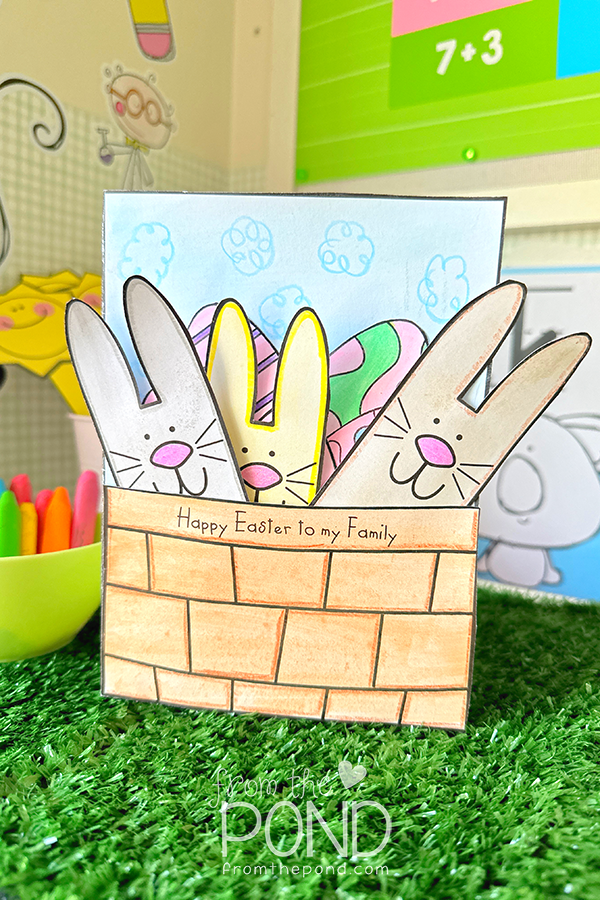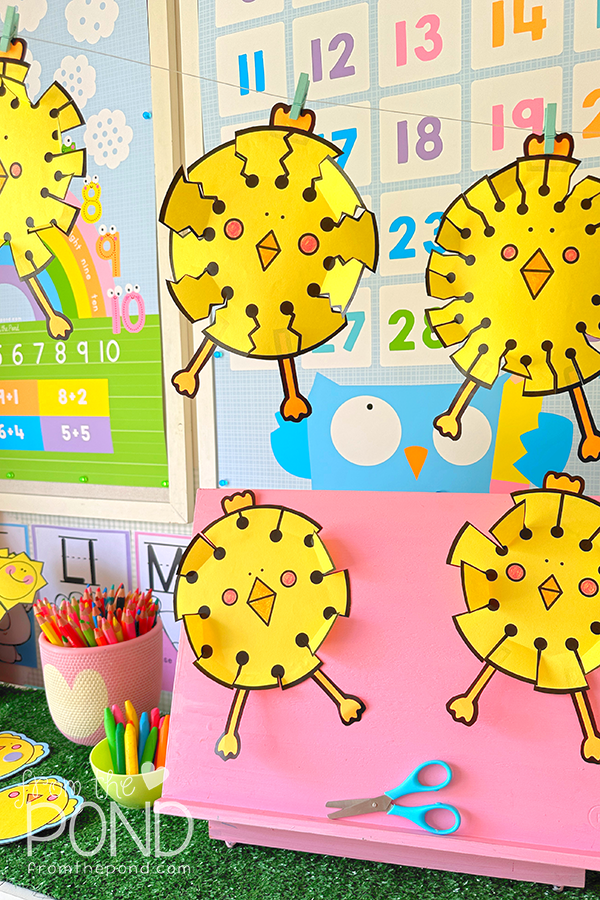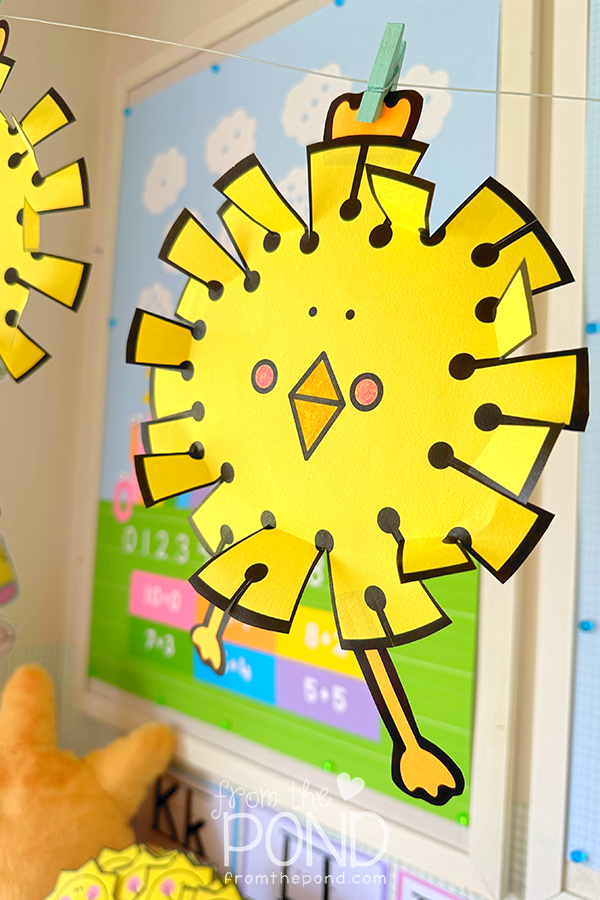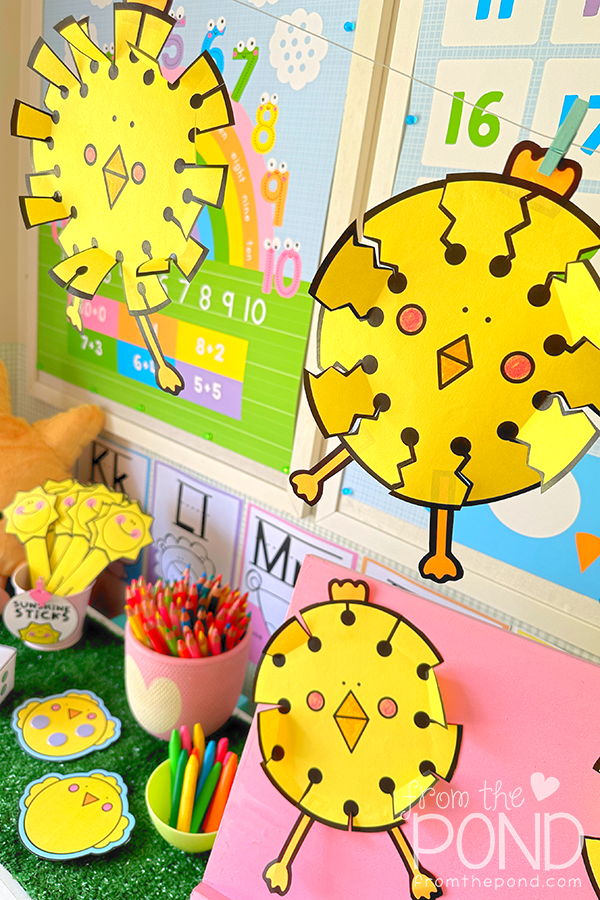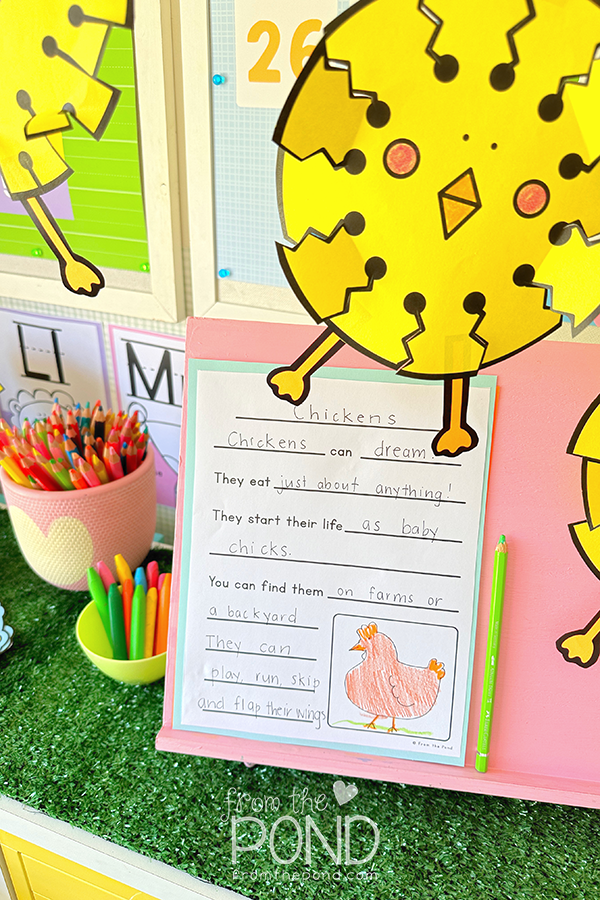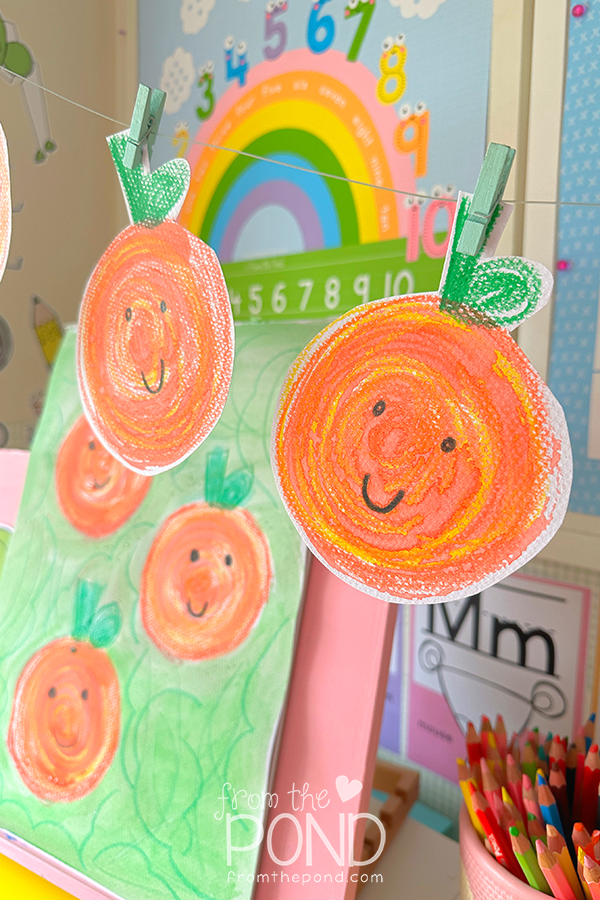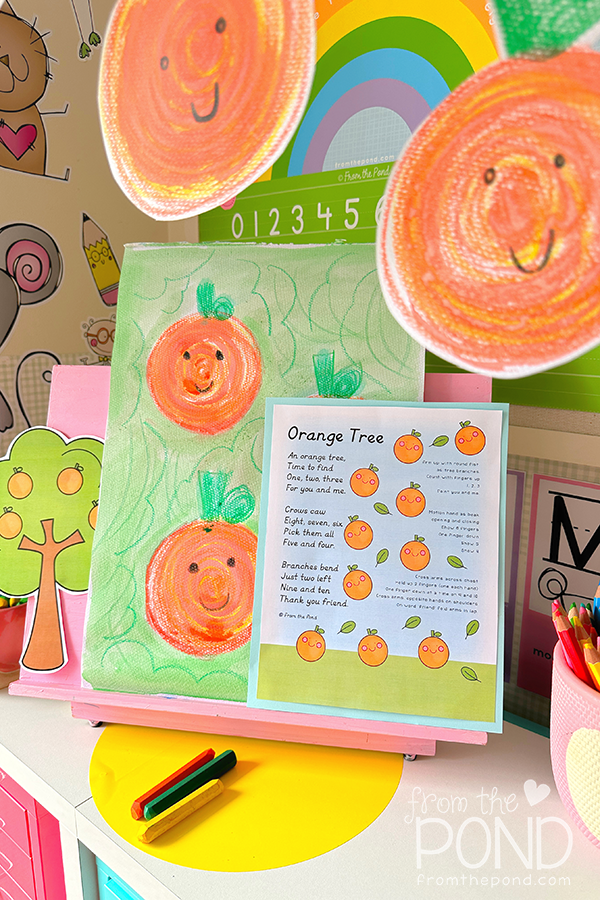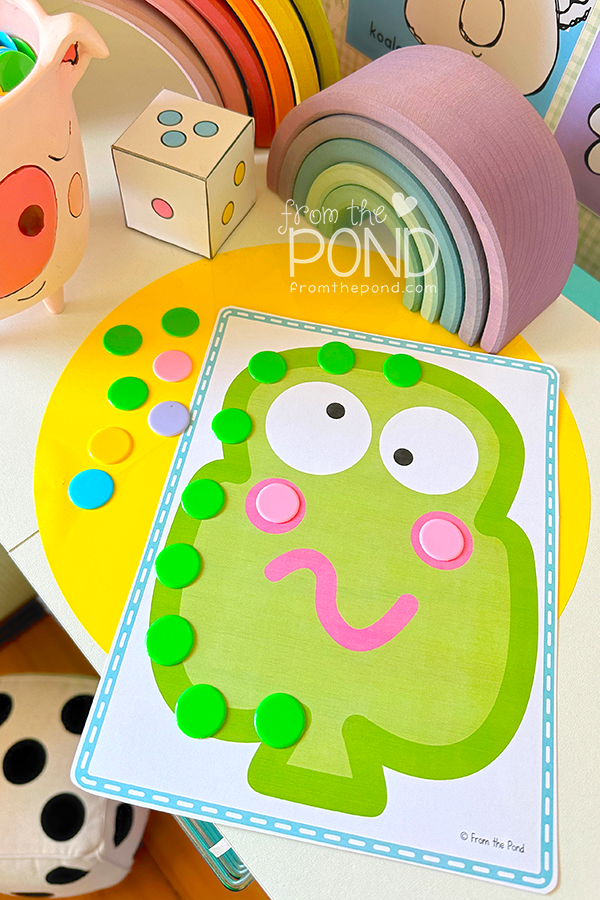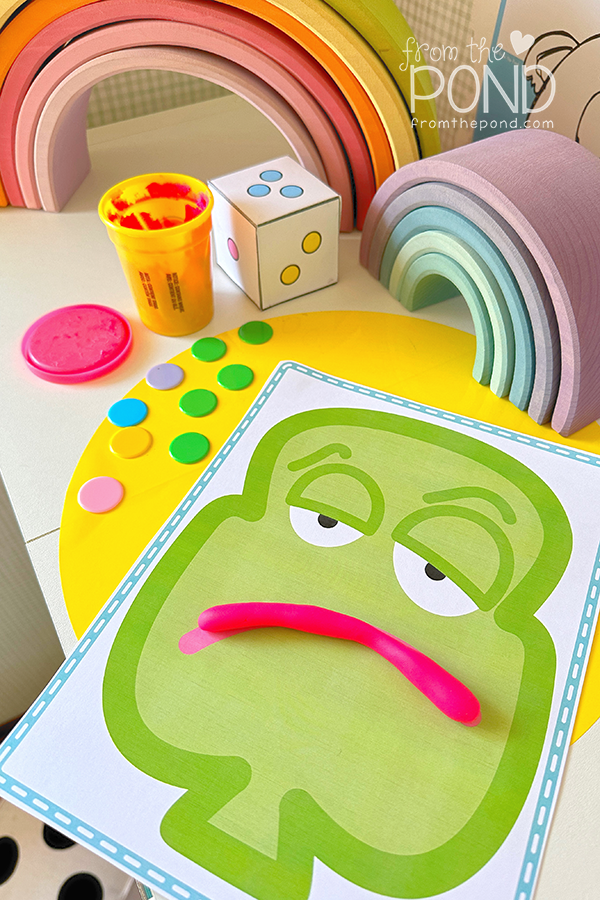Spring is in the air, and what better way to celebrate than with a fun and engaging craft activity for kindergarteners? This yellow paper circle spring chick craft is perfect for developing scissor skills and fine motor development.
This activity is ideal for kindergarteners because it helps them develop several important skills, including:
Scissor skills:
Cutting the fluffy feather lines on the chick's body helps children develop their scissor skills. This is an important skill for kindergarteners to develop, as it will help them with a variety of tasks in the future, such as cutting out shapes for art projects and writing their names.
Fine motor development:
Gluing the chick's body, wings, and feet together helps children develop their fine motor skills. This is another important skill for kindergarteners to develop, as it will help them with tasks such as holding a pencil, turning the pages of a book, typing on a keyboard, using small math equipment and participating fully in other areas of learning with hands-on lessons.
Creativity:
This activity allows children to be creative and express themselves. They can choose how to decorate a background page for their chick, and they can even add their own unique touches.
Spring is a beautiful time of year, and one of the most delightful aspects of the season is the arrival of baby animals - which are not only adorable but also fascinating subjects for kindergarten students to learn about and write about.
Help your students to research spring chicks and learn about them together. Chart some facts to read back with the class. Explore the life cycle of chickens, the importance of caring for living things, and the wonders of nature. Additionally, writing about chicks can help children develop their storytelling skills, descriptive language, and ability to organize their thoughts.
Here are a few ideas for writing activities that you can use with your kindergarten students:
All that bright yellow in the classroom? You bet!
- Yellow is Engaging: It's is a bright and cheerful color that can easily capture the attention of young children. It is often used in early years classrooms to create a stimulating and inviting environment.
- Yellow is great for emotional well-being: Yellow has been shown to have a positive impact on mood and emotions. It can help to create a sense of happiness and optimism, which is important for young children's development.
- Yellow contributes to cognitive development: Yellow can also help to promote cognitive development. It has been shown to improve memory and concentration, which are essential skills for learning.



